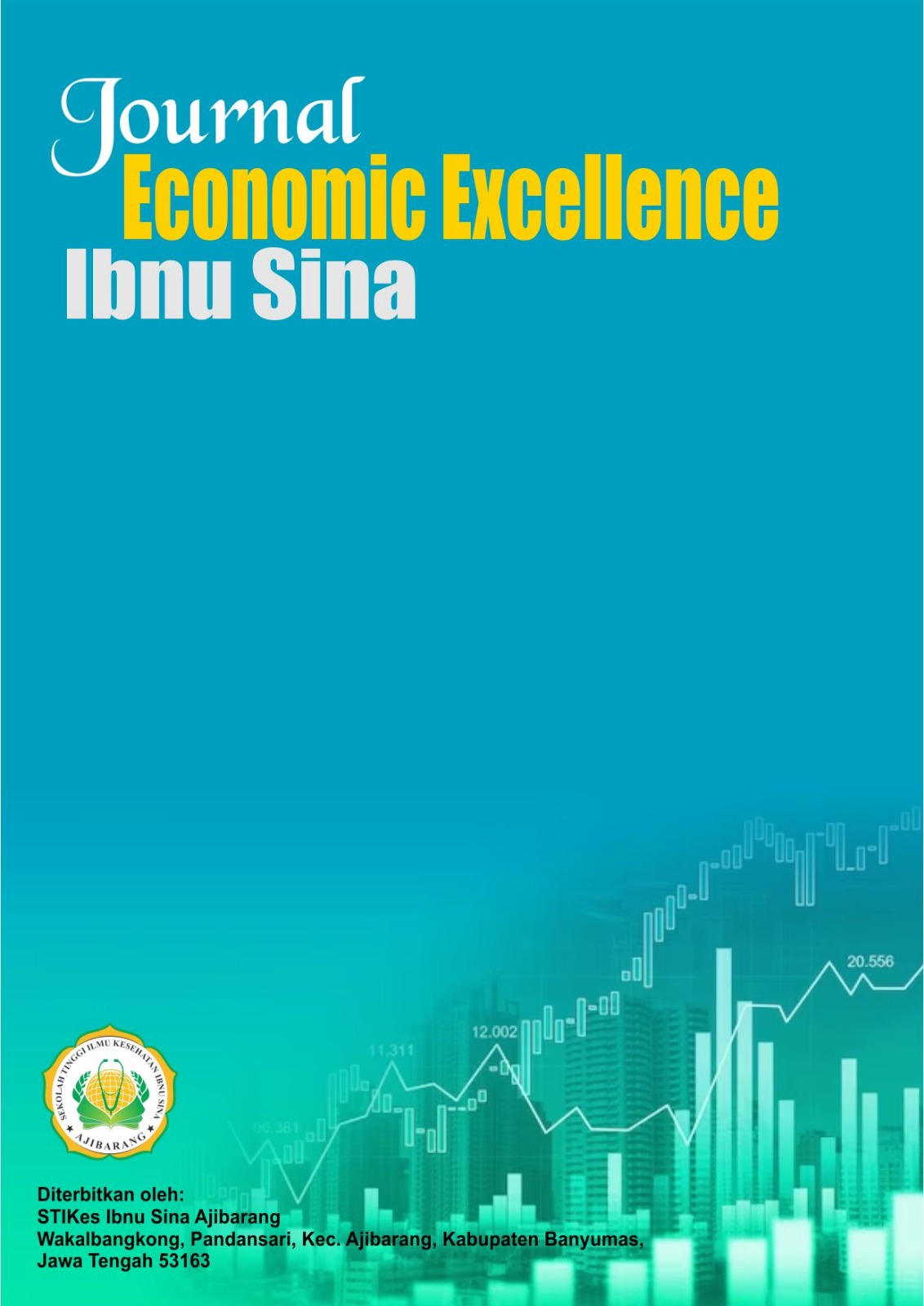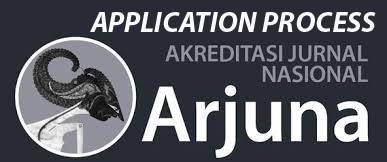Pengaruh Tingkat Pengangguran dan Jumlah Penduduk Terhadap Pertumbuhan Ekonomi di Desa Ringinpitu Kabupaten Tulungagung
DOI:
https://doi.org/10.59841/excellence.v3i1.2475Keywords:
Economic Growth, Employment Opportunities, Government Policies, Population, Unemployment RateAbstract
This study aims to analyze the effect of the unemployment rate and population on economic growth in Ringinpitu Village, Tulungagung Regency. The high unemployment rate and the increase in population each year are factors that can affect economic conditions in the region. This study uses a quantitative method with multiple linear regression analysis, processed using SPSS software. The results of the study indicate that the unemployment rate has a negative and significant effect on economic growth with a regression coefficient value of -0.283 and a significance value of 0.001 (p <0.05). Meanwhile, the population has a positive and significant effect on economic growth with a regression coefficient of 1.018 and a significance value of 0.000 (p <0.05). The simultaneous test (F test) shows that the unemployment rate and population together have a significant effect on economic growth, with an F-count value of 35.125 and a significance of 0.000 (p <0.05). The Adjusted R² value of 0.621 indicates that 62.1% of the variation in economic growth can be explained by the unemployment rate and population, while 37.9% is influenced by other factors outside this research model. Based on these findings, it is recommended that local governments improve job training programs, create more jobs, and optimize population growth control policies to encourage more stable and sustainable economic growth.
References
Agustianti, R. P., Nussifera, L., Wahyudi, L., Angelianawati, L., Meliana, I., Sidik, E. A., Nurlaila, Q., Simarmata, N., Himawan, I. S., Pawan, E., & Ikhram, F. (2022). Metode penelitian kuantitatif & kualitatif.
Aprilya, I., & Juliprijanto, W. (2022). Pengaruh jumlah penduduk, UMR, dan TPT terhadap pertumbuhan ekonomi di Indonesia. Transekonomika: Akuntansi, Bisnis dan Keuangan, 2(5), 469–482.
Arikunto, S. (2006). Prosedur penelitian: Suatu pendekatan praktek.
Ashari, R. T., & Athoillah, M. (2023). Analisis pengaruh tingkat pengangguran terbuka, tingkat partisipasi angkatan kerja, upah minimum, indeks pembangunan manusia, pertumbuhan ekonomi, dan jumlah penduduk terhadap kemiskinan di Kawasan Tapal Kuda. Journal of Development Economic and Social Studies, 2(2), 313–326.
Azulaidin, A. (2021). Pengaruh pertumbuhan penduduk terhadap pertumbuhan ekonomi. Juripol, 4(1), 30–34.
Badan Pusat Statistik Tulungagung. (2023). Kabupaten Tulungagung dalam angka 2023.
Deviyanti, S. (2024). Pengaruh jumlah penduduk dan tingkat pengangguran terhadap tingkat kemiskinan multidimensi periode 2018-2022 dalam perspektif ekonomi Islam. Jurnal Ekonomi Islam.
Emzir, E. (2013). Metodologi penelitian pendidikan: Kuantitatif dan kualitatif. Jakarta: Rajawali Pers.
Hartati, N. (2020). Pengaruh inflasi dan tingkat pengangguran terhadap pertumbuhan ekonomi di Indonesia periode 2010–2016. Jurnal Ekonomi Syariah Pelita Bangsa, 5(1), 92–119.
Muhtadin, M. F., A’ni, M., Zahfana, S. Q., & Putri, S. A. N. (2023). Pengaruh pengangguran dan tenaga kerja terhadap pertumbuhan ekonomi di Kabupaten Tulungagung 2020-2021. Jurnal Ekonomi Pembangunan, 5(1), 38–50.
Nana, D., & Elin, H. (2018). Memilih metode penelitian yang tepat: Bagi penelitian bidang ilmu manajemen. Jurnal Ilmu Manajemen, 5(1), 288.
Nasution. (2009). Strategi peningkatan jumlah muzakki di Lazis Muhammadiyah Kota Medan. Jurnal Pendidikan Tambusai, 5(3), 8275–8286.
Riduwan, M. B. A. (2022). Skala pengukuran variabel-variabel penelitian.
Sholeah, D. A., Sari, D. L., Wijayanti, D., Erfiana, E., & Kurniawan, M. (2024). Pengaruh inflasi, pengangguran, dan jumlah penduduk terhadap pertumbuhan ekonomi di Provinsi Banten tahun 2014-2023. Journal Economic Excellence Ibnu Sina, 2(2), 140–154.
Sugiyono. (2020). Metode penelitian kualitatif dan kuantitatif. Bandung: Alfabeta.
Downloads
Published
How to Cite
Issue
Section
License
Copyright (c) 2024 Journal Economic Excellence Ibnu Sina

This work is licensed under a Creative Commons Attribution-ShareAlike 4.0 International License.








